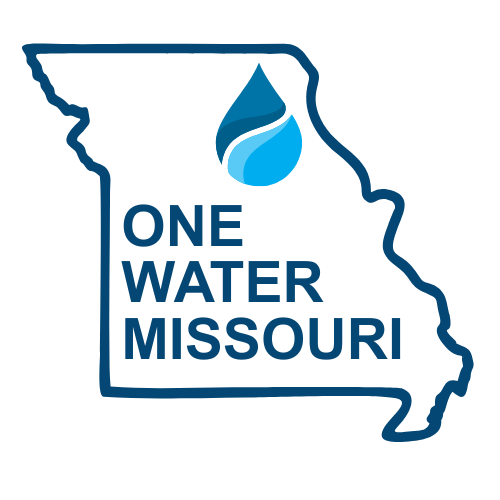
An education and awareness campaign about the impacts of nutrient pollution on water quality and the collective strategies people and communities can do to mitigate these environmental problems.
Through DU’s partnership with the Missouri Department of Natural Resources, the Missouri Botanical Gardens, and BFA Engineering, we aim to increase awareness among urban and rural residents of Missouri about the Gulf hypoxic zone.
Water is at the heart of life in Missouri, from the rivers that shape our landscape to the wetlands that support wildlife and the water that flows from our taps. But this vital resource is under growing pressure. Understanding why water quality matters is the first step toward protecting it, for our families, our farms, and our future.
Missouri’s rivers, wetlands, and watersheds are essential for our communities, farms, and wildlife. From the mighty Missouri and Mississippi Rivers to the Osage and countless smaller streams, clean water is essential for healthy ecosystems, thriving communities, and resilient landscapes.
Unfortunately, excess nutrients like nitrogen and phosphorus from agricultural runoff, urban development, and stormwater are polluting our waterways. These nutrients fuel HABS, reduce water quality, degrade fish and wildlife habitat, and threaten drinking water supplies.
Protecting water quality isn’t just an environmental goal; it’s vital for the health of Missouri’s people, land, and wildlife, including the wetlands and waterfowl that Ducks Unlimited works to conserve.
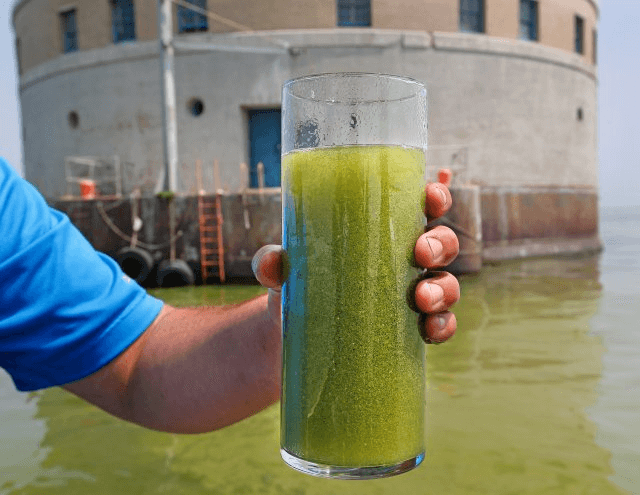
Nutrient pollution has become one of the nation’s costliest and most challenging environmental problems. Over the past 50 years, the amount of nitrogen and phosphorus pollutants entering our nation’s waters has increased. Too much nitrogen and phosphorus can negatively impact human health, aquatic ecosystems, and the economy.
Harmful Algal Blooms (HABs) are caused by nutrient pollution in local water bodies and coastal systems. These blooms can be toxic to people and animals, impacting recreation and drinking water safety. When they die, their decomposition uses all the oxygen in the water, leading to areas of water where very few fish or other wildlife can live. Nutrient pollution of the Mississippi River is the leading cause of the formation of hypoxia in the Gulf of America. Hypoxia, or low oxygen levels in water, happens when there isn’t enough dissolved oxygen to support most aquatic life—like fish, crabs, and shrimp. These low-oxygen areas are often called “Dead Zones” because larger marine life can’t survive.
Follow Your Runoff allows you to click on any county in the U.S. and see where rainwater runoff ends up.
Check out the Missouri Department of Natural Resources Harmful Algal Bloom Viewer.
Clean Water Starts With You Gulf Hypoxia Handout
Via NASA: An animation of the flows along the rivers of the Mississippi watershed. This animation does not show actual flow rates of the rivers. All rivers are shown with identical rates. The river colors and widths correspond to the relative lengths of river segments. Credit: NASA's Scientific Visualization Studio & Horace Mitchell
Nutrient pollution is not just an environmental issue. It affects public health, local economies, and the way we live each day. Excess nitrogen and phosphorus in our water can create ripple effects that impact families, communities, and essential services.
Rain or irrigation water washes fertilizers, pesticides, herbicides, and sediment from fields into nearby streams and rivers. Excess nutrients (nitrogen and phosphorus) can cause harmful algal blooms and dead zones downstream.
Manure from feedlots, pastures, or improperly managed storage lagoons can introduce high levels of bacteria (like E. coli), nutrients, and pathogens into water bodies. Runoff after heavy rains is a major pathway.
Soil loss from plowed fields, overgrazed pastures, or disturbed land (e.g., logging, rural road building) clouds waterways, smothers aquatic habitat, and carries attached pollutants like phosphorus and pesticides.

Rainfall or snowmelt picks up pollutants from streets, parking lots, and rooftops, carrying oil, grease, heavy metals, trash, pesticides, and fertilizers into storm drains that often flow directly into rivers, lakes, and oceans without treatment.
This includes untreated or partially treated sewage from aging or overloaded sewer systems, as well as leaks from septic tanks. Combined sewer overflows (CSOs) in older cities can release raw sewage directly into waterways during heavy rains.
Factories, auto shops, construction sites, and other urban businesses can release pollutants such as chemicals, solvents, sediments, and metals through improper waste disposal or runoff.
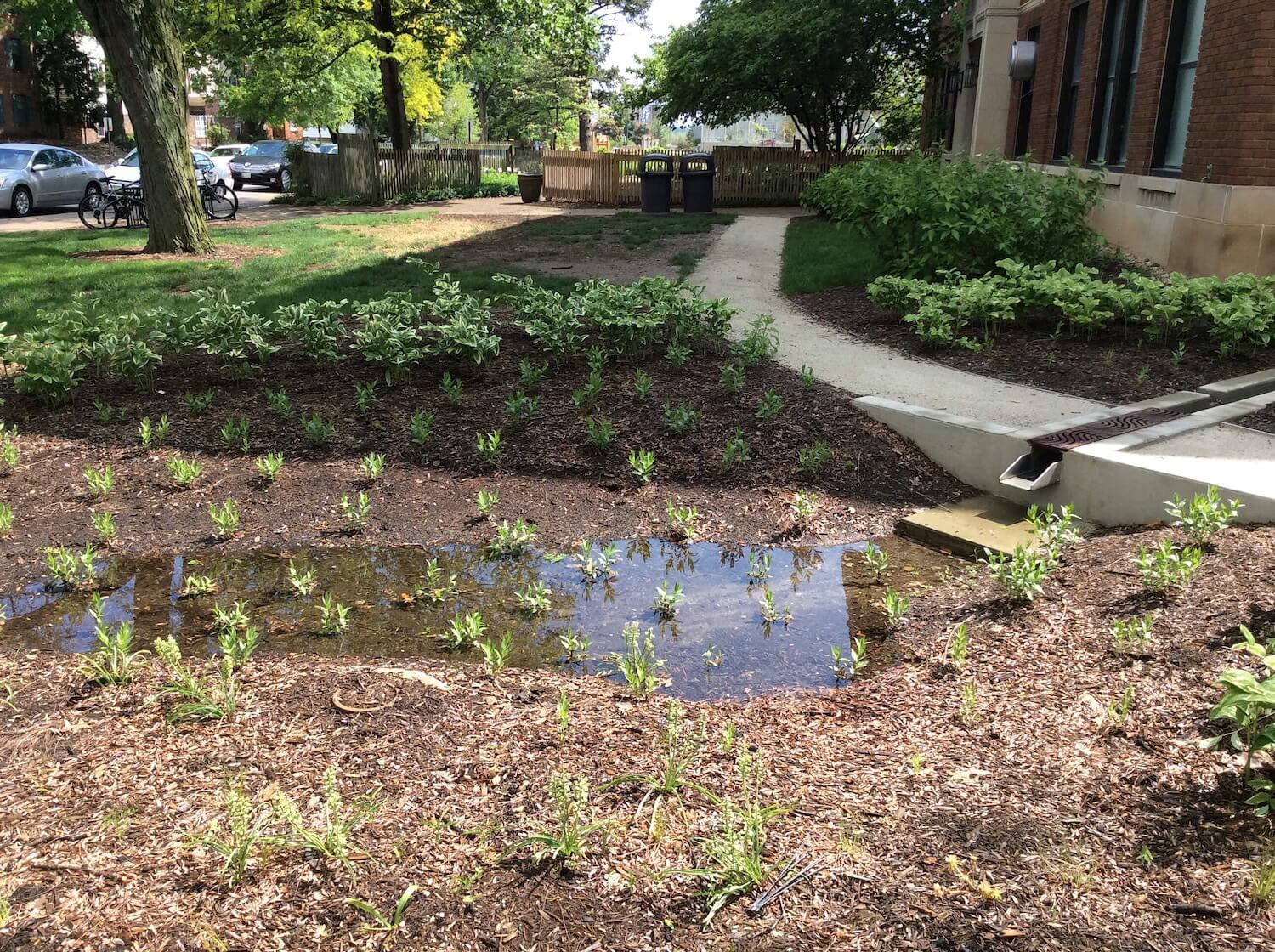
Clean water is essential to the success of Ducks Unlimited’s mission. Our work to conserve wetlands and support healthy waterfowl populations depends on water systems that are free from harmful pollutants. Protecting water quality ensures that our habitat restoration efforts deliver long-term results for wildlife and people alike.

Help Improve Missouri’s Water
Improving water quality in Missouri is a shared responsibility, and lasting change starts with individual action. Whether you are a landowner, a resident, or simply someone who cares about clean water and healthy habitats, there are meaningful ways to make a difference.
Ducks Unlimited’s efforts are made possible through collaboration with state and federal agencies, nonprofits, and private partners. This project was funded by the Missouri Department of Natural Resources through the U.S. Environmental Protection Agency. Together, we’re advancing water quality, restoring wetlands, and supporting healthy habitats across Missouri.
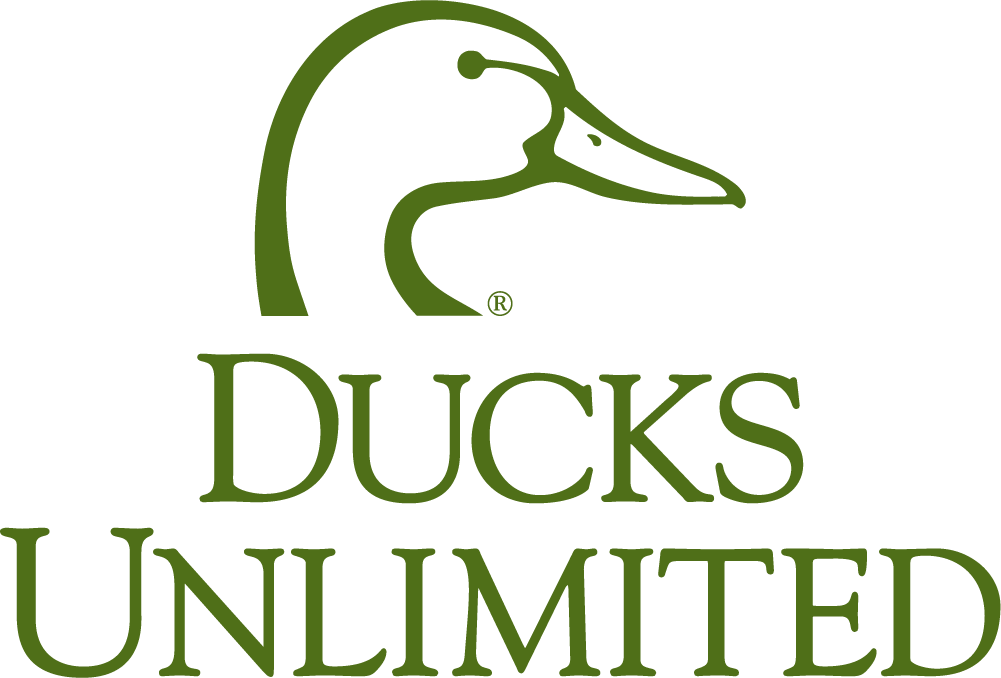

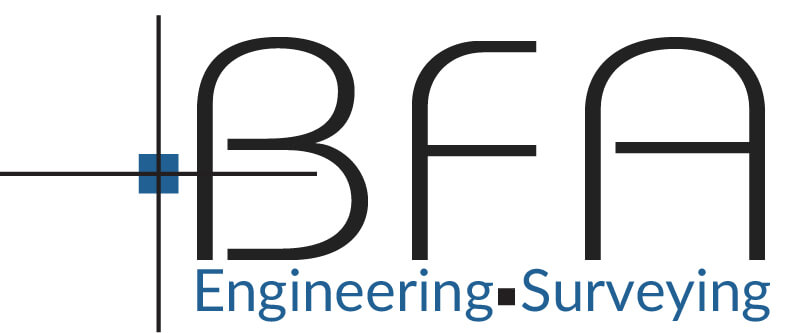

Ducks Unlimited uses cookies to enhance your browsing experience, optimize site functionality, analyze traffic, and deliver personalized advertising through third parties. By continuing to use this site, you agree to our use of cookies. View Privacy Policy